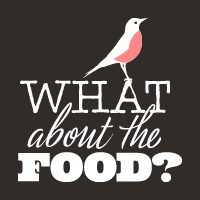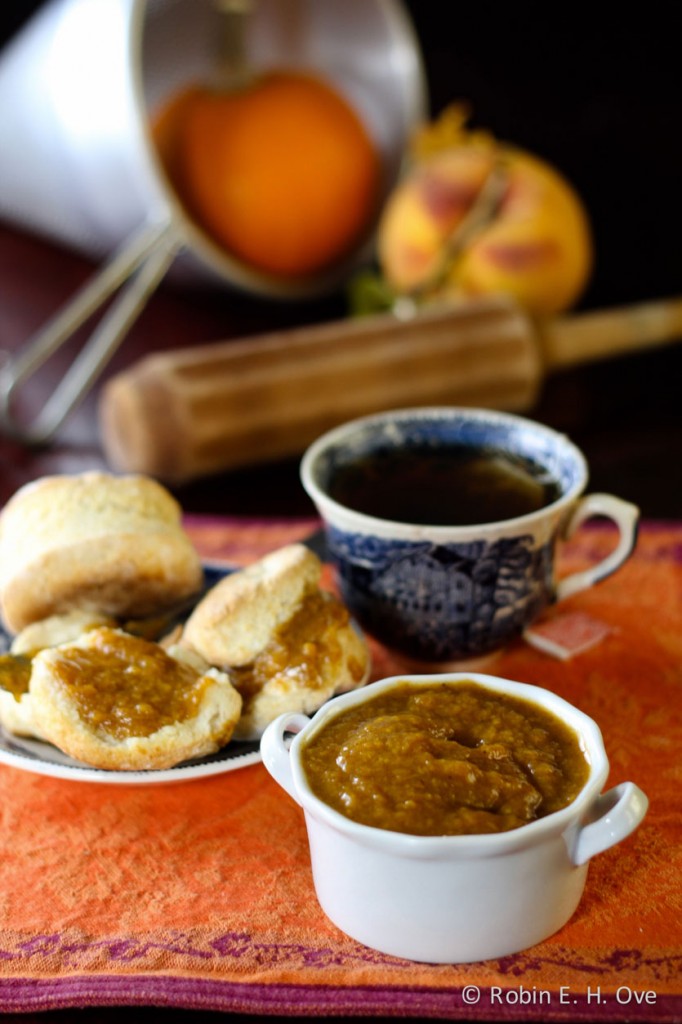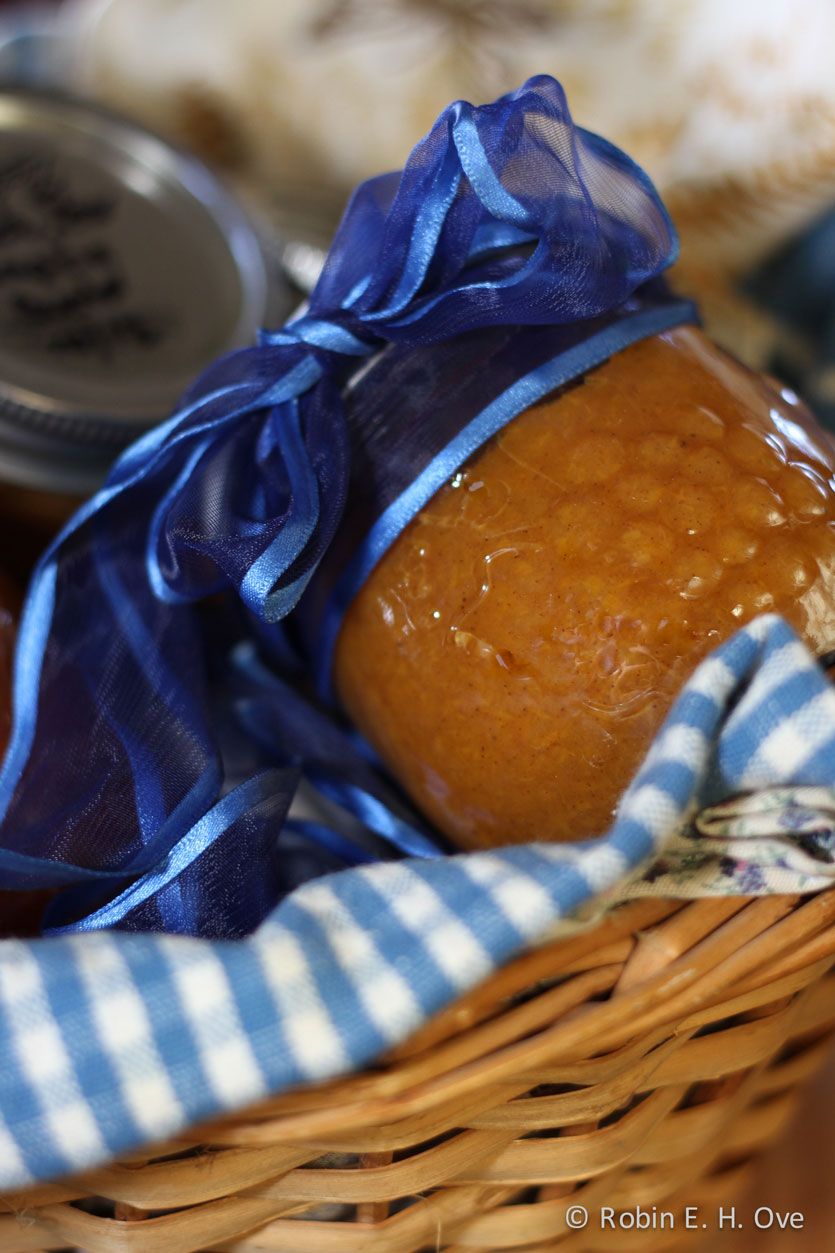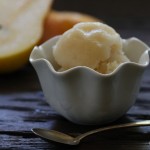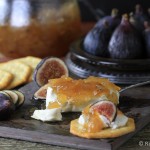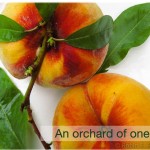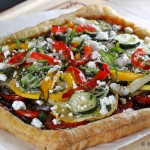A biscuit, preserves and a cup of tea
It’s a sentimental thing with me, touching the cool handle of the cone shaped colander, the aluminum surface reflecting light off it’s soft matte finish, worn from years of use. The stand is long gone, misplaced in a move and the angular edges of the wooden paddle smooth and rounded from the constant circular motion of working cooked foods through the tiny holes in the sieve. There’s even a sound, now ingrained and familiar as the rhythm of the work kicks in muscle memory and the rattle thwap thwap turns fragrant mush into an exquisitely creamy and heavenly spiced spread that echos the calls of autumn.
Learning by doing
The colander and paddle were my grandmothers and each fall we would pick the apples from the lone Gravenstein tree midway between her house and ours; situated on a dirt road just past the chicken coop, blackberry vines and walnut trees. Pretty green and golden yellow with red stripes on their shoulders these apples made the best bestest apple crisp, pie and butter. Tart, sweet and firm. When it came time to use up the last of the harvest she would bring out the big pot, favorite spices and her colander. We filled the pot with apples with their skins on. Next we would pour a bit of apple cider and add fall spices in what seemed huge quantities; cinnamon, nutmeg, allspice and cloves and just enough sugar to balance the tartness. As the fruit cooked, the kitchen filled with a heady aroma, apples, cider and spice which often times would be accompanied by the yeastiness of baking bread. When the fruit was soft and falling apart she would take it off the heat and let it cool, just enough to begin ladling into the colander and work the pulp through, scraping down the sides as it filled the large bowl. Then back into the pot for one last round of cooking to reduce and thicken a bit more. By this time I was outside playing, tired of waiting for the final hurrah and taste test with fresh bread (but making sure not to be out of earshot when she called.)
Gifts with Family History
It wasn’t until after she died that I ventured my first attempt in making apple butter myself, spurred on by an “Old-Time Apple Butter” recipe on a wall calendar that I stared at for weeks. The memories came flooding back, the taste was right, the connection perfect. So, why bother canning, preserving or “putting-up” a few jars. Of course to make the most out of seasonal fruits and vegetables. Of course to beam with pride as you share and gift the homemade treasure. Of course to make the connection and memory last as long as possible. Of course to share with your family and loves the stories that go with, or create new stories by making it together.
Taste Test
To celebrate a bountiful harvest of late peaches I combined a few pears and pureed cooked pumpkin to create a new tradition. Taste tested in grand style with fresh out of the oven biscuits, so much faster than yeast bread. Pouring myself a cup of Constant Comment tea — her favorite — and remembering deep with my child-like self coming back in the kitchen, for the last hurrah.
- 16 cups Peaches
- 3 ea Bosc Pears
- 1 cup canned pureed cooked Pumpkin
- ½ cup Brown Sugar
- ½ cup Granulated Sugar
- 1 cup Apple Juice (or Cider)
- 2 tablespoons Lemon Juice
- 1 tablespoon Saigon Cinnamon
- ½ teaspoon Cardamon
- ½ teaspoon Ground Cloves
- ½ teaspoon Allspice
- ½ teaspoon Ground Nutmeg
- Peel and cup up fruit and put in a large bowl. Sprinkle with lemon juice to prevent oxidizing.
- Add sugars and spices to fruit, stir to coat.
- Pour fruit into large stockpot, add apple juice and bring to a boil over medium high heat. Lower to a simmers (slow bubble) and ccok for about an hour to make sure all fruit is very soft and cooked. Stir periodically so sugars don't stick and burn on the bottom of the pot.
- Remove from heat and in batches work through a food ricer or as I did a cone-shaped colindar, pressing through with a wooden paddle and scraping the outside to capture all the smooth goodness.
- Return to pot and continue to cook over low heat for 30 minutes to reduce liquids further and thickening the butter.
- Cook and put into jars or covered containers and refrigerated. If you want to put up in jelly jars, be sure to follow proper canning techniques to sterilize and seal jars to prevent spoilage.
